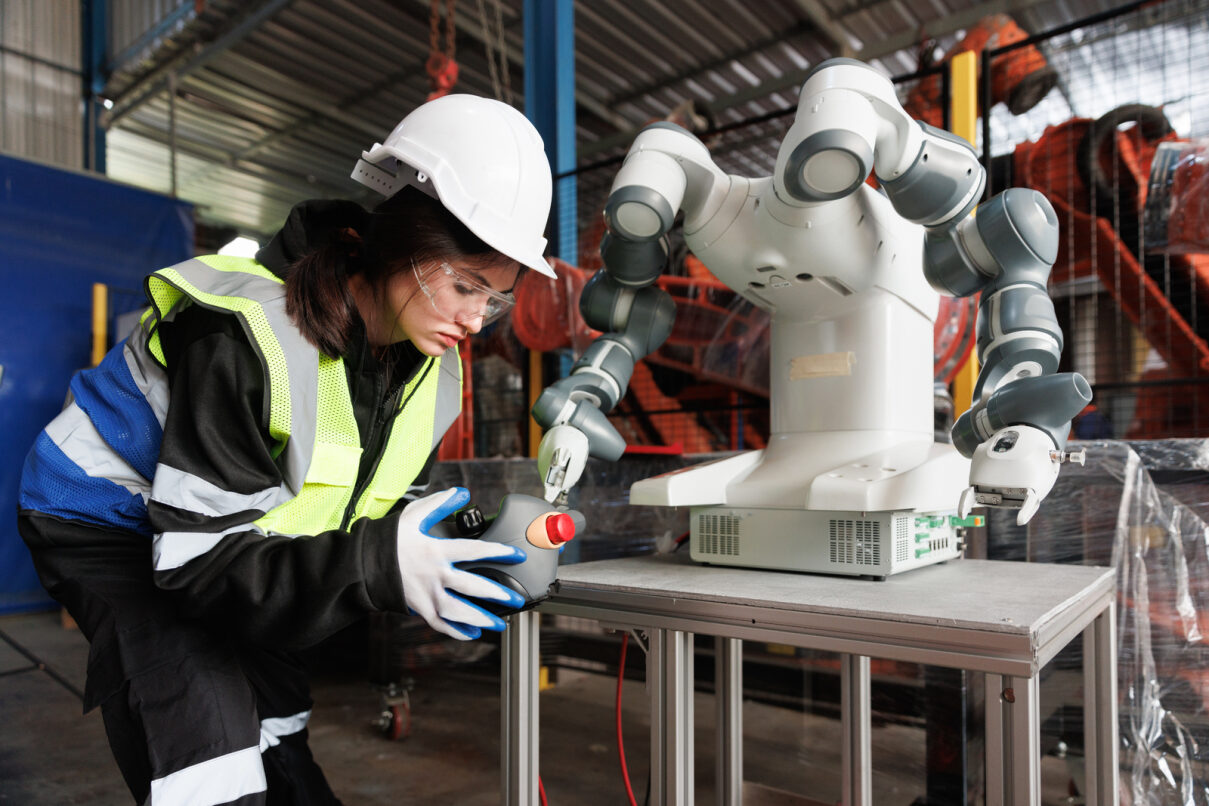Innovation helps modern manufacturers deliver on quality and efficiency, while keeping prices down. Automation integrated into operations helps support those goals. Here’s a look at how AI can help bring factories into the future and help them stay competitive.
Table of Contents
Enhance product inspection and quality control
Many facilities have automated optical inspection (AOI) machines to perform quality checks. Such technology can help leaders identify and address trends that might negatively affect sales and reputation. Such applications depend on the nature of the plant and its product line. For instance, BMW Group leverages AI to study component images from its production line, helping plant managers intervene so that minor issues don’t devolve into larger ones.
Help teams do more with less
Contrary to popular belief, the point of automation isn’t to replace people. Instead, it’s to help workers and processes become more efficient. By joining forces, the collaboration of people, hardware, and software can help produce a consistently good product with less time and effort.
For example, a typical welding job requires a lot of programming and engineering for a robot to accomplish the task. And it takes people to program those robots. With robotic training, however, workers can move away from monotonous and potentially dangerous labor to focus on tasks that require critical thinking and creativity.
Facilitate preventative maintenance
According to a report from the Capgemini Research Institute, it’s estimated that about a third of use cases of AI in manufacturing are related to maintenance. This technology can be relevant in determining the point when the useful life of machinery could be diminished. Second, machine learning can mean the difference between a few minutes or hours of downtime vs. a complete shutdown.
Predictive maintenance sheds light on the historical performance data of machines to help managers forecast issues, limit downtime, and identify the root cause of the problem. Waiting too long on maintenance items can cause extensive wear and tear. Such an issue can also expose workers to safety hazards.





